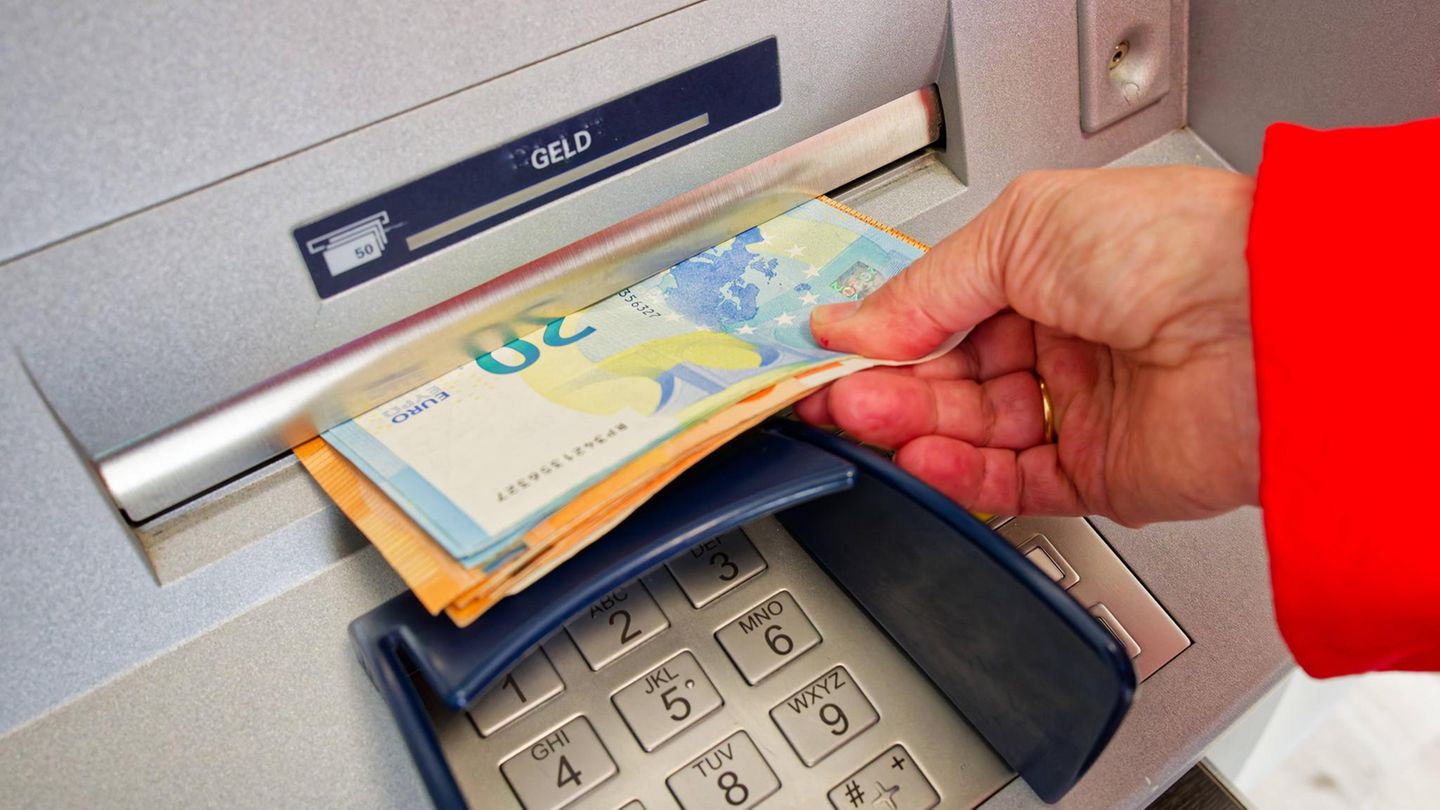Power failure
How do I get cash despite Blackout?
Copy the current link
Add to the memorial list
Spain and Portugal experienced a huge power failure this spring. Payments were only possible with cash. So you can prepare for a blackout.
Cashless payment is comfortable. Whether with EC or credit card or by smartphone app- electronic and digital means of payment make everyday life easier. Individual shops still rely on “Cash only” in this country, but in supermarkets and restaurants you hardly need a wallet full of coins and banknotes.
However, the massive power failure in Spain at the end of April showed that in the crisis, cash is worth gold.
You should have so much cash available
The Federal Office for Population Protection and Disaster Aid (BBK) calls on people in Germany to prepare themselves for the failure of essential infrastructure. “I appeal to the citizens: prepare for emergencies, this can also be long-lasting power failure,” said BBK Vice President René Funk to the portal “in December. “Emergency situations do not have to occur, but are possible at any time.”
According to this, every household should always have a sufficient amount of cash. How much this is depends on the household size. The BBK is holding back with precise recommendations, which advises a cash reserve of around 500 euros in smaller ones. According to the last extensive extensive from 2018, private individuals in Germany keep an average of 1364 euros at home or in a locker.
Storing cash in your own four walls also carries risks. It is advisable to buy a safe and include the money there. Experts advise against obvious hiding places such as mattresses.
And what if the supply is used up? Do I get any further cash in the event of a power failure?
Power failure makes it difficult to access cash
The Bundesbank emphasizes that they are prepared for crisis cases and be payable. This was the insured board member Johannes Beermann, according to the “” at a press conference at the time of the energy crisis three years ago. “We store so much cash, no one needs that much,” he said, “also in the crisis.” A functioning cash cycle rinses money back to the Bundesbank branches.
According to Beermann, there are additional strategic reserves in some locations, some branches have emergency power units, and the Bundesbank belongs to the critical infrastructure – the Federal Network Agency would prefer to supply it in crisis.
However, the Bundesbank is considered a wholesaler, the cash is reached by private value service providers to commercial banks. There, customers can then withdraw the money from machines.
In the event of a power failure, however, ATMs work as little as payments by card or app. The good news: bank customers can still get money. The bad news: You have to go to a switch on site, and the mostly electronically secured safes of the respective bank have to be opened manually.
In Spain, the crisis revealed which disadvantages arise: long queues formed in front of the banks.
Fewer and fewer contact points for cash
In its Bundesbank, the Bundesbank pointed out that the contact points for cash in this country had decreased rapidly. Accordingly, 3.6 million citizens now live in municipalities without bank switches or ATMs.
In 2002 there were still around 53,000 bank branches, it said, but the number had more than halved to around 21,000 by 2023. The number of ATMs has risen to around 59,000 by 2018, but since then a steady decline has been observed. There are currently around 51,000 devices.
Against this background, the Bundesbank plans to check the availability of banking points, ATMs and loading boxes where you can withdraw cash. Ultimately, the most effective preventive measure for citizens is still to have a secure cash supply for the crisis case at home.
With material from the AFP news agency
Source: Stern




